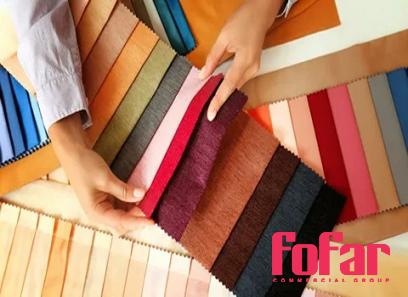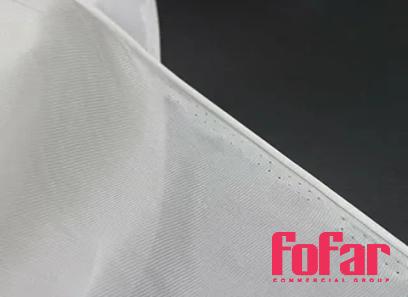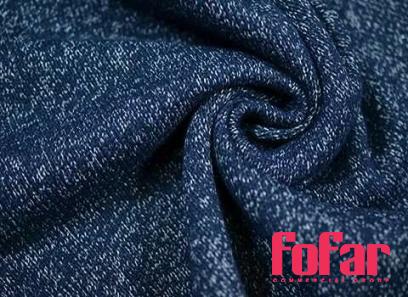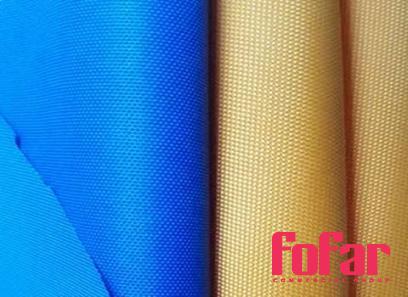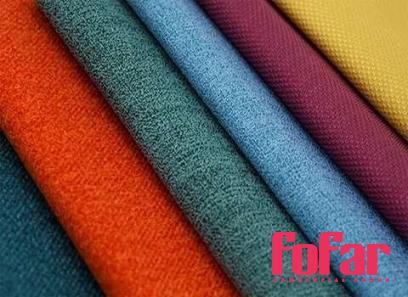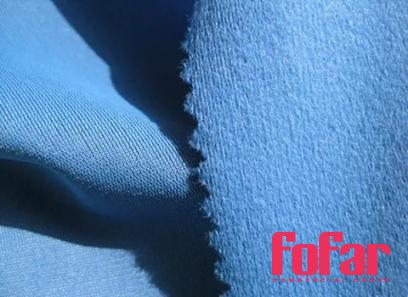The purchase price of polyester fabric + properties, disadvantages and advantages
Polyester is the best fabric that is commonly used for dye sublimation crafts or design
The polymers in this type of fabric may easily open up when subjected to heat, which is why it is so popular
Because dye is in a gaseous state, it can enter the fabric through open pores and become trapped once the fabric has cooled following the printing process
One of the most essential characteristics that distinguishes polyester as the best fabric for Dye-Sublimation is that it is virtually wrinkle-free even when worn for extended periods of time
Sublimation printing works especially well on unusual, dramatic, and nearly crazy designs, which has been a huge trend in both high and low end stores in recent years
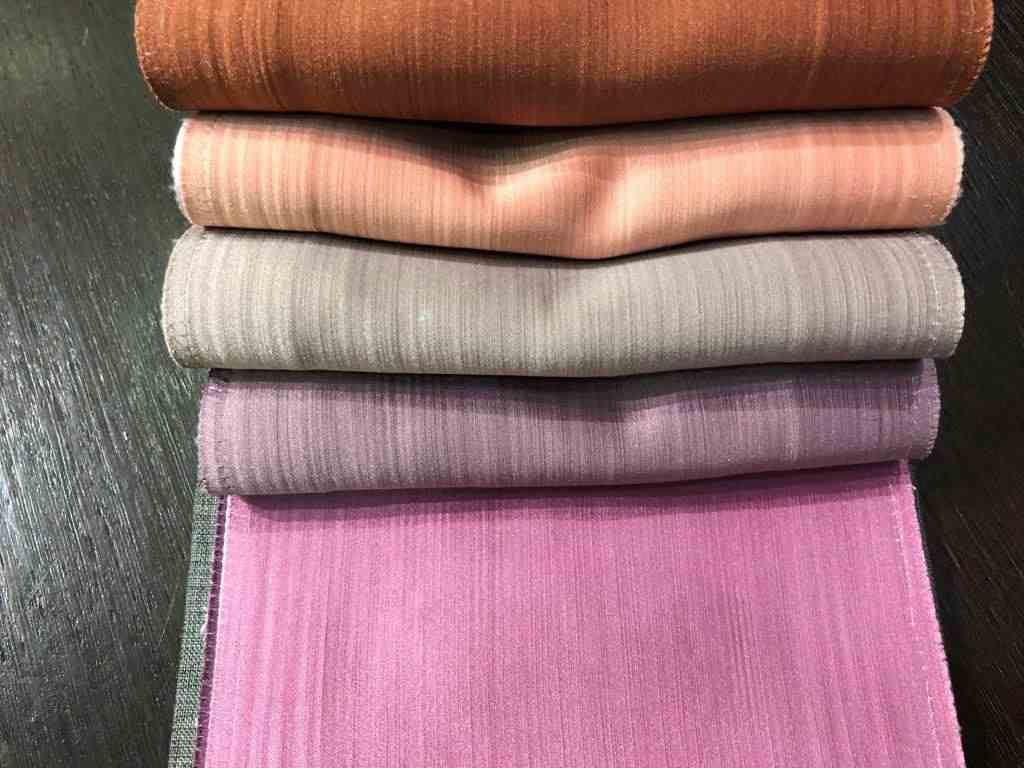
Also, repeated design is likewise quite interesting
Because of the design’s full coverage, the print pattern is continued all around the shirt, with the ends of the garment serving as natural finishing points
Photography prints are another form of design that works well with sublimation crafts
Instead of arranging the photos in a rectangle pattern on the front of the garment, this method allows you to fill the entire surface with it
Sublimation printing is only suitable for clothes containing polyester (100% polyester or polyester blend)
If sublimation is done on other materials, such as cotton, the image will not be as permanent as one on an “artificial” fabric
So it is not recommended
best polyester fabric for sublimation
As for the fabric, sublimation printing works best on polyester
Sublimation printing (sometimes known as all-over printing) is a printing technique that transfers ink from one sheet to another
However, it can also produce quality prints on blended fabrics that contain a high percentage of polyester
This allows shirts that are softer to the touch or more breathable than 100% polyester shirts
Unlike other printing technologies, which are limited to a specific field, Dye-Sublimation printing can transfer a design across the entire garment
For sublimation, you can use white clothes made of 100% polyester
First of all, they make sure that natural cotton fibers do not react to sublimation dye when heat pressed
Polyester, with other threads, like wool is often combined with sublimation colors
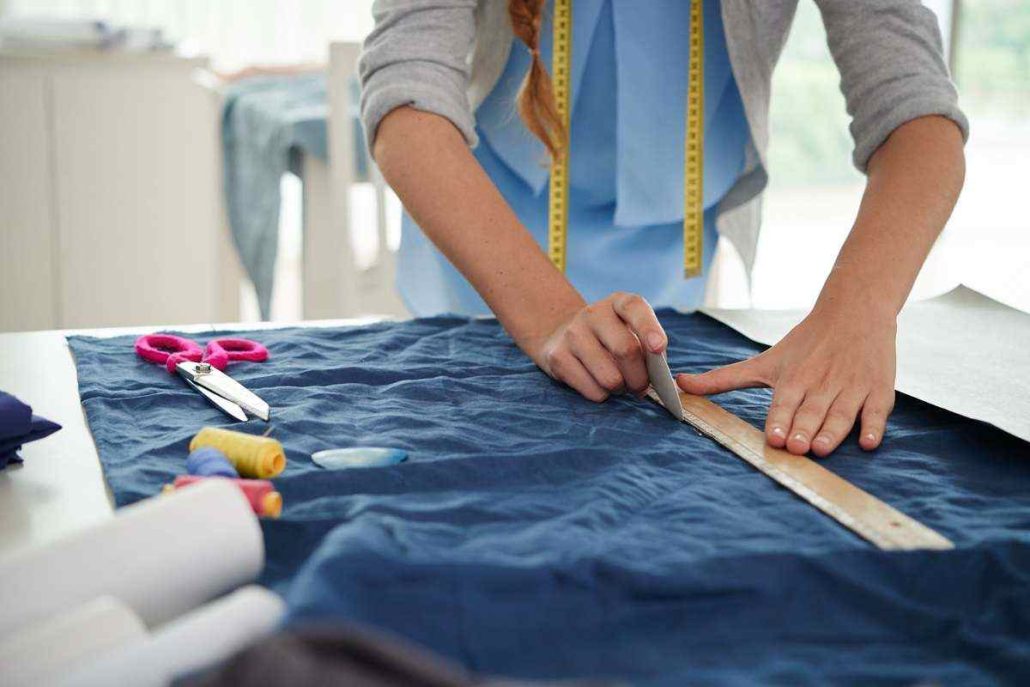
Because of their strength and durability, nylon, rayon, spandex, and acrylic have become some of the most popular materials for printers using Dye-Sublimation technology
Sublimation is a printing technology created as a result of transferring ink from one sheet to another sheet
It works on synthetic fabrics and blended ones better than natural fabrics
The more synthetic the fibers, the better sublimation
fustain fabrics and crafts
Fabric crafts are constructed from fabric
Textile production is another name for it
Printing, weaving, tie-dyeing, batik, and embroidery are examples of production methods
Fabric, loom, dye, textile ink, sewing machine, wax, and other materials are used to make crafts
Also, Fustian fabric is used to make crafts
One of the popular craft that is made from fustian is wax print
Fustian is a weaving fabric that includes two sets of cotton wefts on a linen warp
This fabric is used as the base part of the craft which is called wax print
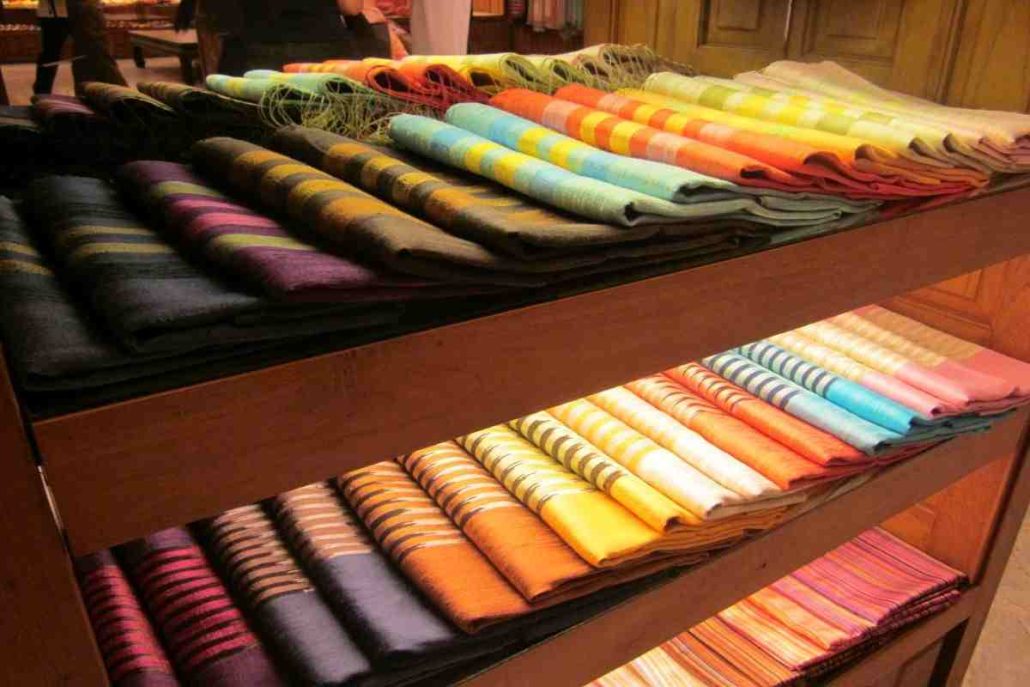
Another craft made from fustian is embroidery fustian which is an old handmade craft
Traditional embroidery patterns are crocheted on the fabric
A rare women’s skirt made from fustian which is a mix of cotton and linen is one of the most popular ones
It’s important to note that there were and are numerous different kinds of fustian fabrics
Depending on how it was woven, it was a fluffy fabric on one or two sides and a smooth cloth on the other which makes the fabric suitable for the craft that is chosen
fustain fabrics and design
The design of early fustian fabric was based on cotton threads as weft with double threads and linen as warp
Firstly fustian was designed to be work clothes and it was the way you could recognize the poor from the rich
In contrast, the linen and cotton are now hardly used for inexpensive clothes
The fustian jacket was associated with being poor
Gradually, wearing fustian clothes like jeans, jackets and trousers, went beyond workplaces to be casual outwear
Whereas the protesters to long work hours in the factories in the United States wore jeans and fustian jackets
Jeans as a type of fustian fabric got popular as casual, long-lasting and good-looking outwear
People especially young ones tended to wear jeans either at work or at parties
Since jeans were in high demand, the fashion industry designed a wide range of clothes which were made from fustian and jean
Fustian is also used to make some traditional clothes with embroidery which is used to make women’s clothes like dresses and skirts
It’s a lightweight fustian fabric with beautiful embroidery which is crocheted to it
It is an old craft but you can see some trendy clothes which are made from fustian with beautiful embroidery
Fustian is characterized as a fabric which is made from cotton, wool and linen
Being heavyweight and durable makes the fabric the best option to choose for outwear
Firstly, it was worn by workers
Weaving two sets of cotton weft and linen warp makes the textile firm and tough which is suitable for hardworking and it last for a long time
organic sustainable fabric
When it comes to organic it reminds us of something that is grown without synthetic fertilizers and pesticides
Sustainable fabric which is called eco-friendly fabric has the less impact on environment
In terms of raw materials, linen has a lower environmental impact
Cotton is the most pesticide-intensive crop, despite the fact that organic cotton requires less water and pesticides
Organic cotton is on the rise, whereas it currently accounts for less than 1% of all cotton grown across the world
Cotton is a very common and widely used fabric
This natural fiber is light and breathable, making it an essential in any outfit
Cotton, on the other hand, can be difficult to grow because it is one of the most water- and chemical-intensive crops
It necessitates the use of a large number of pesticides, which has a harmful influence on the environment and the people who grow it
Organic cotton, a more environmentally friendly alternative to conventional cotton, has seen a fabric in popularity in recent years
Its goal is to reduce the environmental effect of cotton production by eliminating hazardous pesticides and other chemicals from the process
To ensure good production standards, see if your organic cotton is GOTS-certified
However, if you are looking for a more durable cotton, go for recycled cotton
Recycled or recycled cotton is produced using post-industrial, post-consumer cotton waste
According to the Higg Materials Sustainability Index, recycled cotton is a more stable alternative to both regular and organic cotton
It can help reduce water energy consumption and keep cotton clothes out of the landfill, which is why we consider it one of the most durable fibers on the market
Linen is a natural fiber that we have been growing for centuries
Like cotton, it comes from a very versatile crop, flax
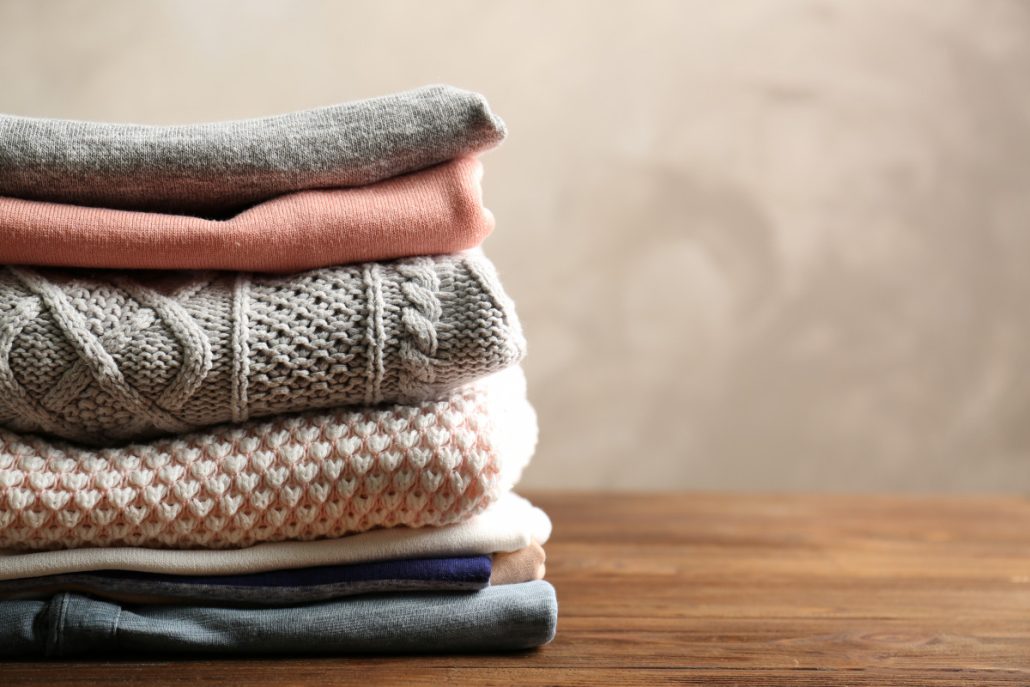
Flax requires a minimum of water, pesticides and even grows on poor soil
In addition, all parts of the plant are used, so nothing is thrown away
Linen is durable, naturally moth resistant, in its untreated (i
e
undyed) state it is completely biodegradable
In addition to being good for the planet, this oil can withstand high temperatures by absorbing moisture without trapping bacteria
What do you not like about it? The organic sustainable fabric is called eco-friendly fabric and is grown without artificial fertilizers or pesticides
It has fewer harmful effects and consequences on the environment
fustain fabrics history
Fustian is a noun whose definition has been misunderstood
It has been used to characterize heavyweight cotton cloth, wool, silk/linen fabrics, and even velvet at various times throughout history
Because fustian applied to any textile used for stuffing something at the time, Shakespeare used word to represent arrogant speech
Early fustian was handmade and was made by hand weave machine in England
They made it by weaving cotton wefts on a linen warp
Whereas it was considered a heavy fabric, fustian was worn by workers in the 19th century, and fustian jackets were a symbol of class
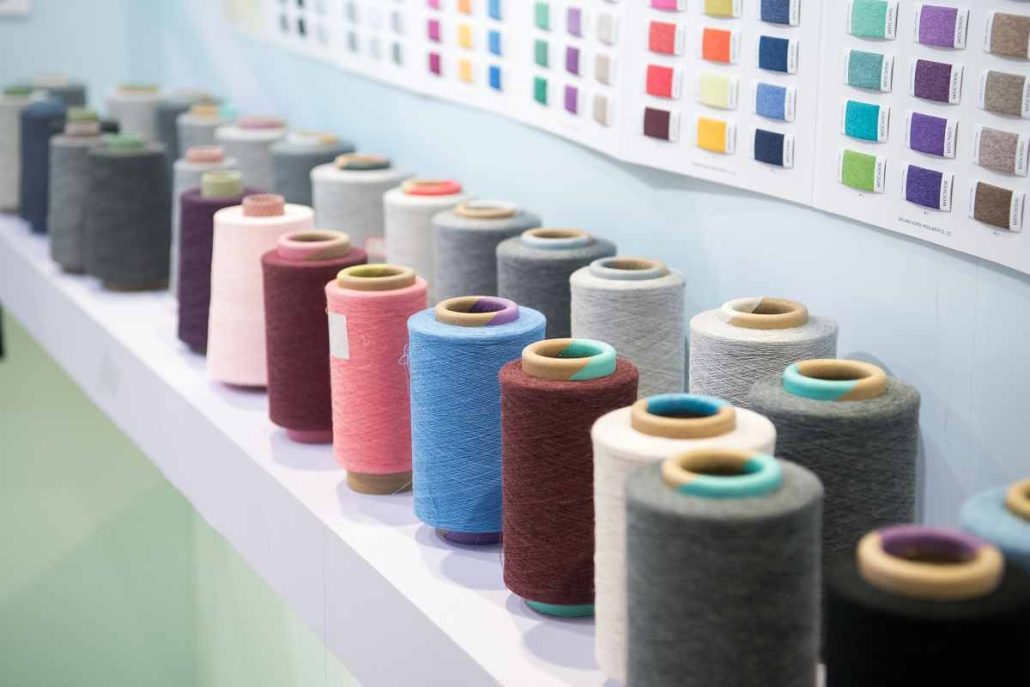
It was notably noticeable during the Chartist era
this is where current denim ‘jeans’ came from
At that time most of the dresses were made of canvas and cotton fabric
Until imported cotton textiles from China, Fustians enjoyed a time of high demand
Also, fustian had a promotion when the import of cotton was prohibited which was harming the wool and silk industries
Nowadays, Classical and modern fabrics tell me that fustian currently belongs to a whole class of fabrics that have a very large amount of fibers (more threads per inch) they can be plain or twill
Fabrics followed fashion and economy from linen to wool to silk to fustian to cotton to man-made fibers

